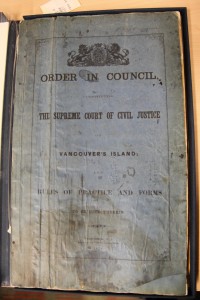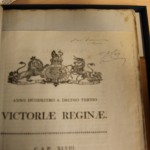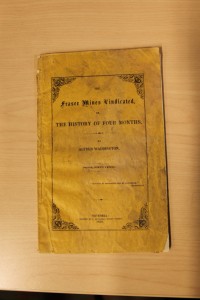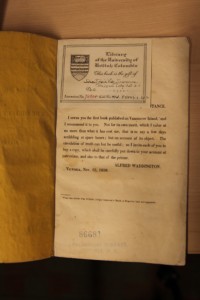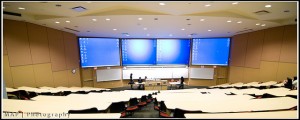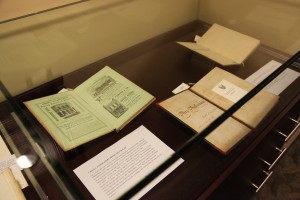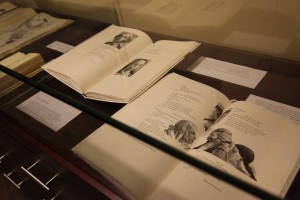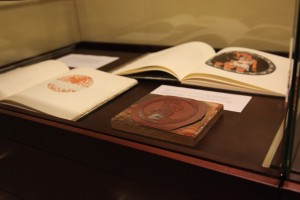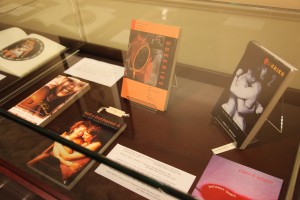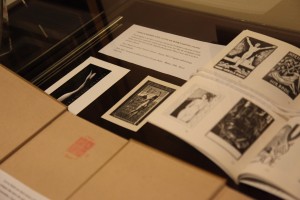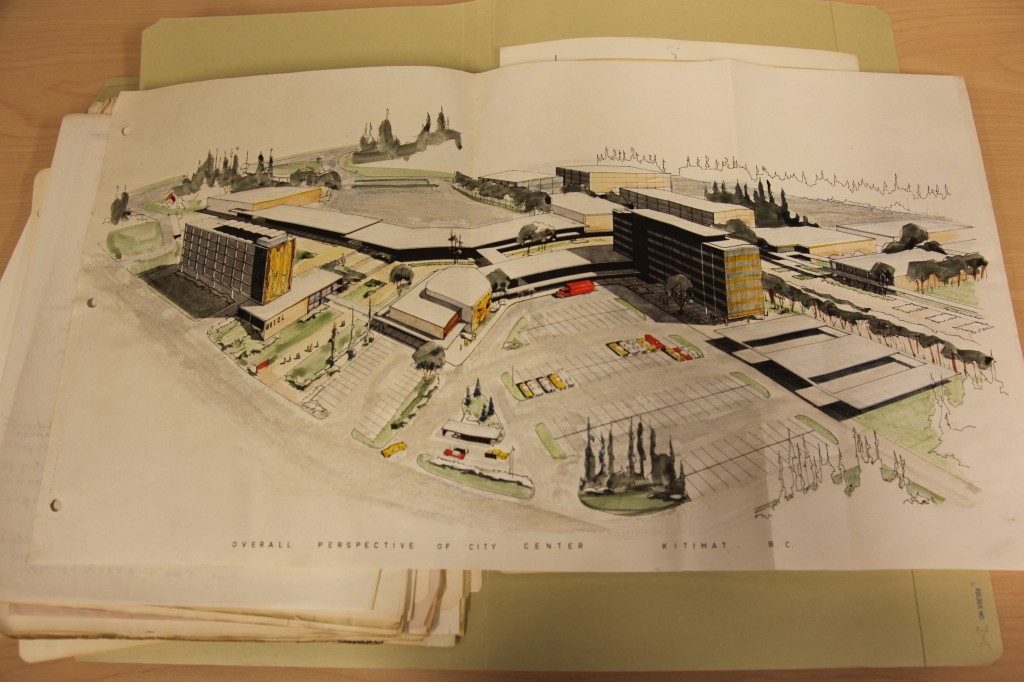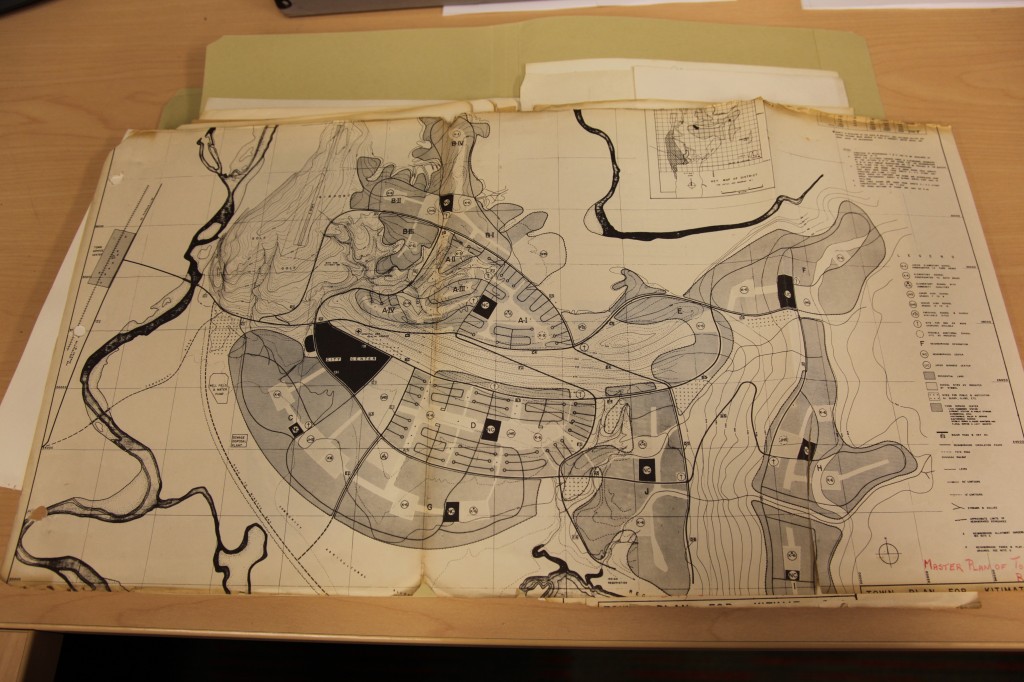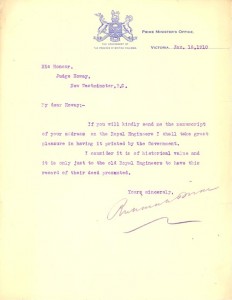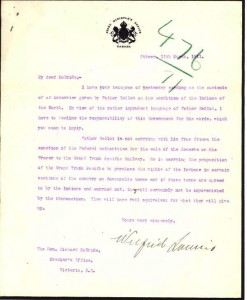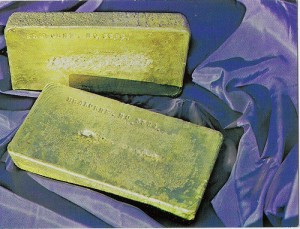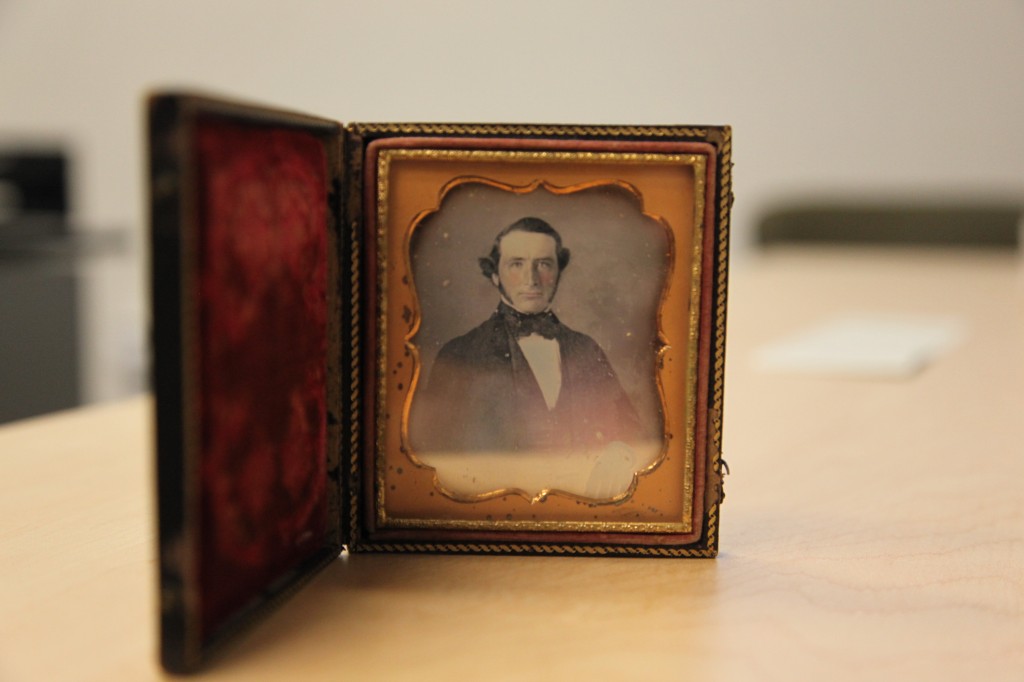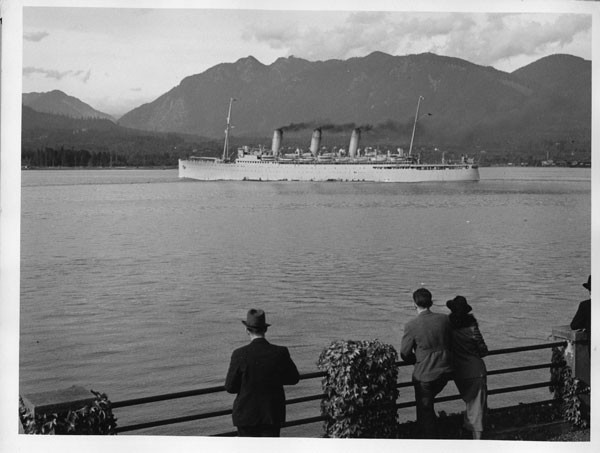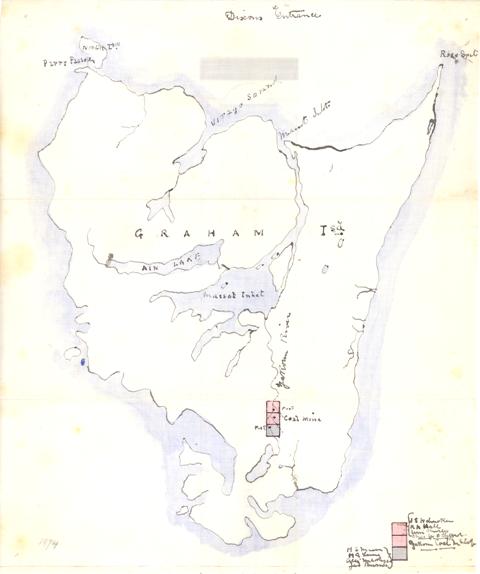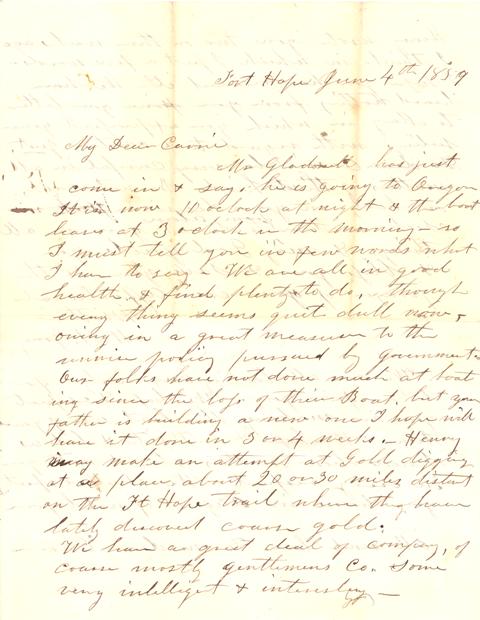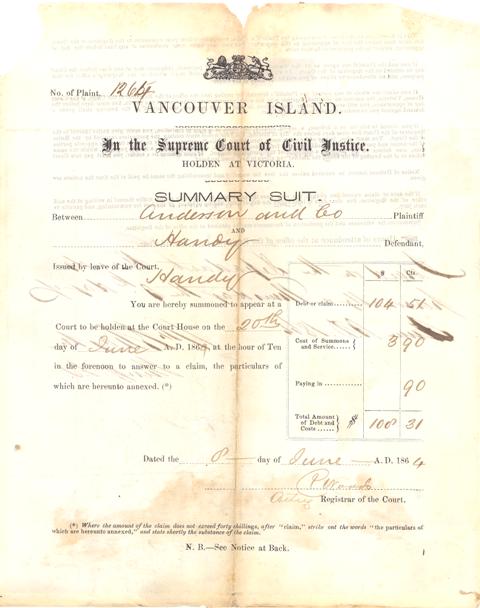We have been featuring resources from Rare Books and Special Collections that relate to the place names used in the Irving K. Barber Learning Centre as room names. Sometimes we find it challenging to find a related resource; sometimes the challenge is in narrowing down our research!
Such is the case with Victoria. Victoria B.C., on the southern tip of Vancouver Island, is our province’s capital and hence the place of many events in the province’s history. Rare Books and Special Collections contains almost innumerable books, maps, documents, and photographs related to Victoria. However, to rare books enthusiasts, there is one (or two) events from Victoria’s history that are of particular note: the publication of the first book (or books) to be printed in British Columbia.
What is largely accepted to be the first book printed in B.C. is Order in council constituting the Supreme Court of Civil Justice of Vancouver Island and rules of practice and forms to be used therein, which basically amounted to a “rule book” for the Supreme Court in Victoria. It was printed at the Victoria Gazette in November 1858.
The copy photographed above is particularly special: it was David Cameron‘s personal copy! David Cameron was the first Chief Justice of the Supreme Court of British Columbia- in other words, not only did he own the book, he wrote the book too. This copy was given to us by Dr. Wallace Chung, on the occasion of the re-opening of the Chung Collection in Spring 2008. David Cameron’s signature can be seen on the cover, and on the Act to provide for the Administration of Justice in Vancouver’s Island, tipped in the front:
So, first book printed in B.C.- straightforward story, right? There was some debate over the years regarding which came first: Order in Council or Alfred Waddington’s Fraser Mines Vindicated, or, the History of Four Months.:
It may have had something to do with Waddington’s preface, describing itself as “the first book published on Vancouver Island.” However, even Waddington’s own fine print explains that, “When the above was written Judge Cameron’s Book of Practice had not yet appeared.”
Apparently the Order in Council leapfrogged ahead of Fraser Mines by mere days. In Lowther’s A Bibliography of British Columbia, she explains that Order in Council “has the distinction of being the first book printed in the colony of Vancouver Island, coming off the press ahead of Waddington’s Fraser mines vindicated.”
In the Barber Centre, the Victoria Learning Theatre is room 182. This is a large lecture theatre and is often used for special events.
